Culture, art and tradition are often interweaved in an itinerary that crosses the whole region and includes medieval castles, peasant and craft museums, places where popular traditions are carefully preserved.
Culture, art and tradition
Back Culture, art and tradition
Points of interest
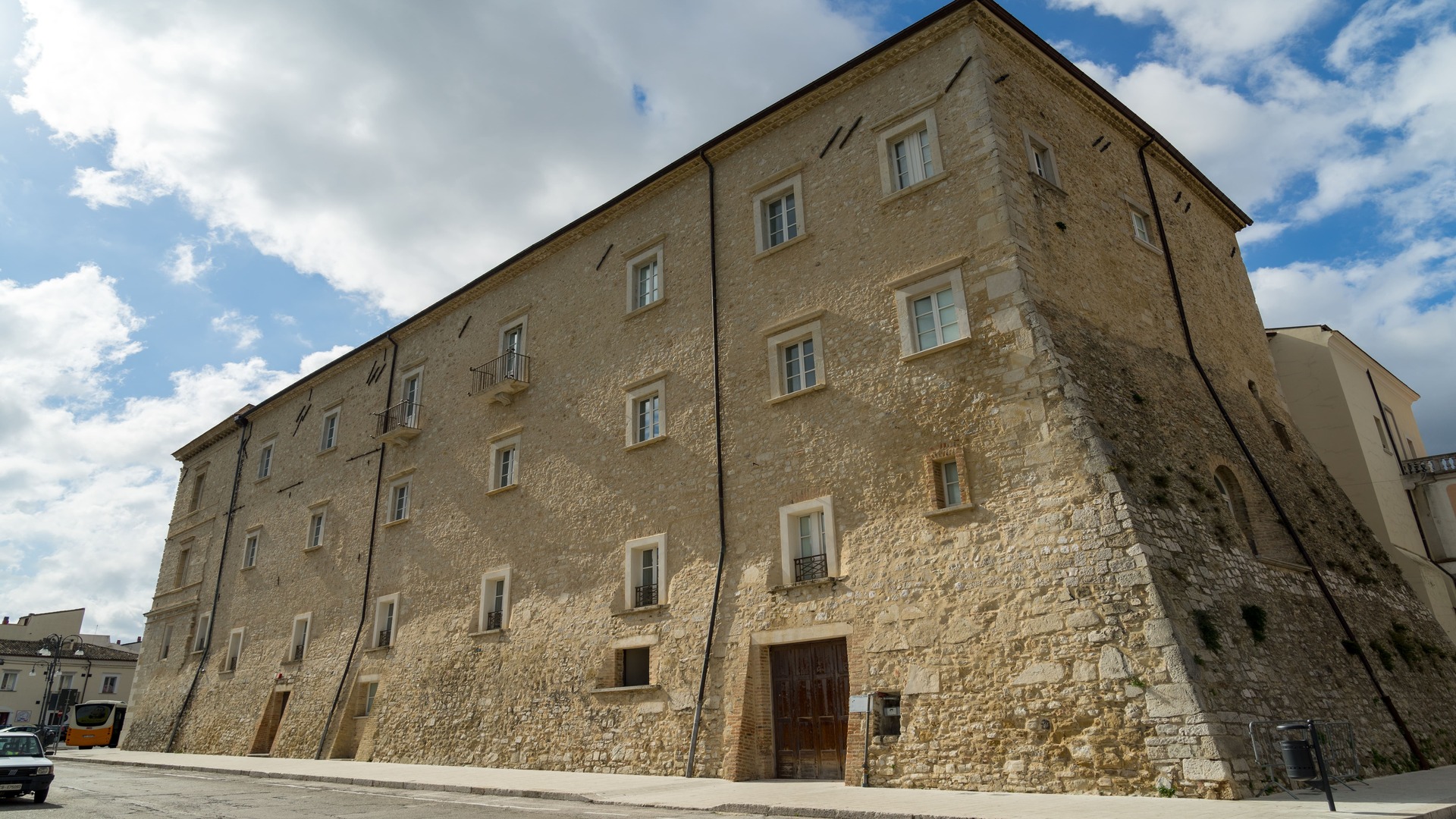

Palazzo Ducale di Larino
The Ducal Palace of Larino is the ancient castle built around 1100-1200 by the Norman counts, during the Lombard conquest of the peninsula. Accordi...
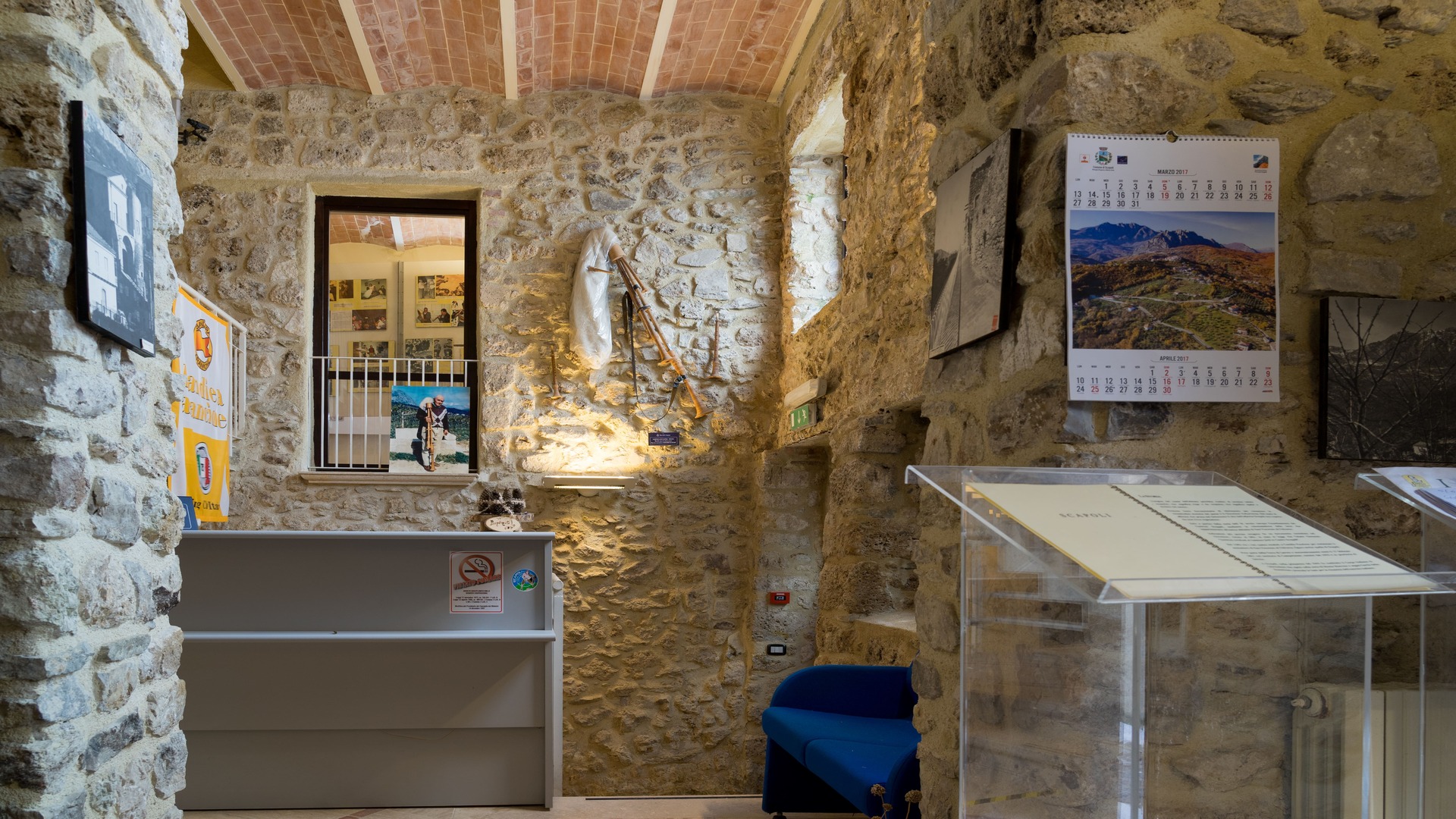

Museo della Zampogna a Scapoli
"The International Museum of the Reed-pipe" named after its creator Pasquale Vecchione, is unique in the world for its peculiarity and characteristic for the extraordinary architectural recovery of the structure, cured in every aspect in the splendid scenery of Palazzo Mancini.
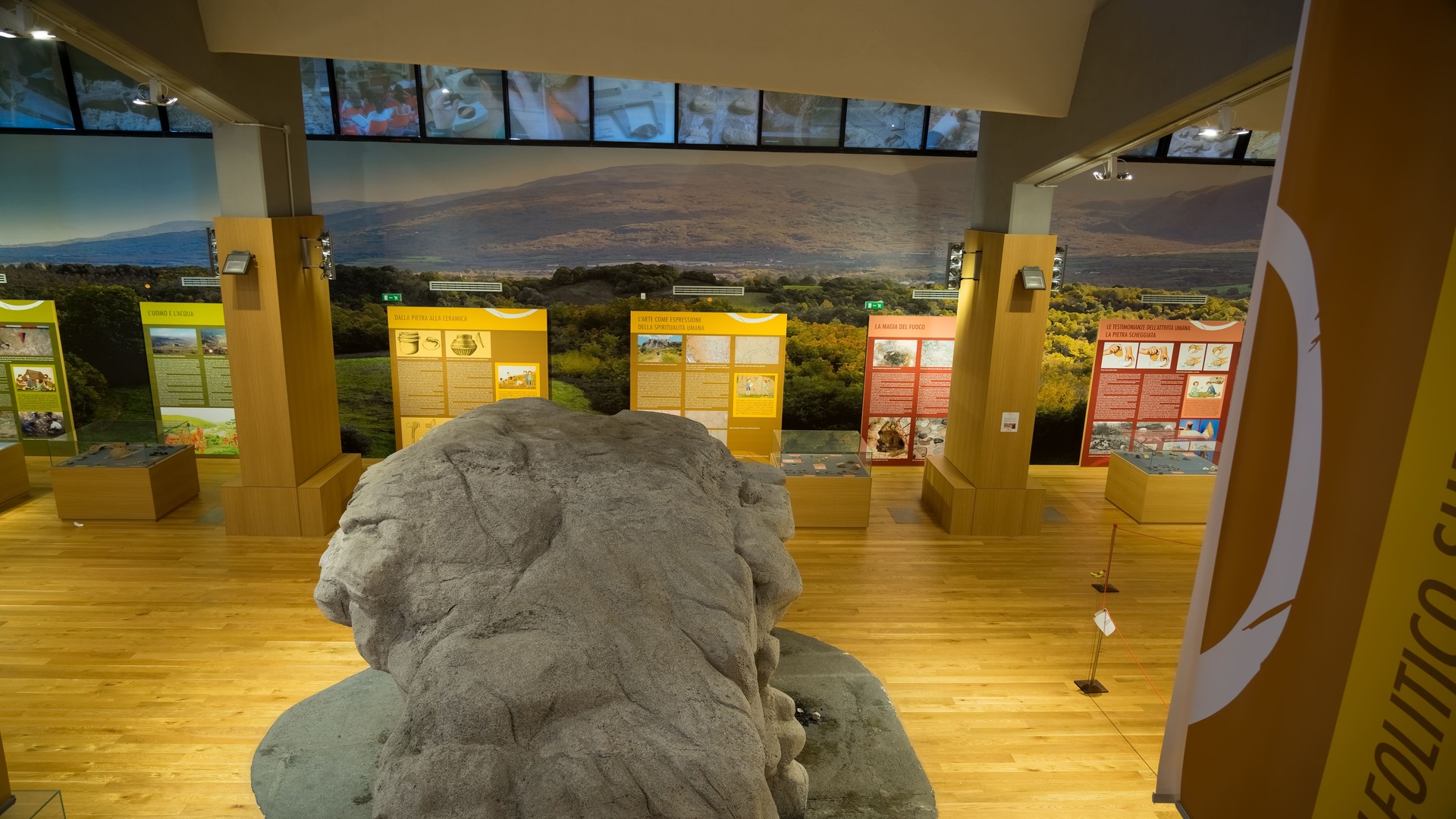

Museo Paleolitico La Pineta di Isernia
The Museum of Paleolithic was born around the archaeological area of Isernia La Pineta and is divided into three buildings of about 4,000 square meters joined together by a long external corridor that accompanies the visitor to the visit thanks to a series of large photographs dedicated to all aspects of research, education and enhancement of the site and the museum. The last update of museum's collection offer a completely visit about the process of evolution of world.
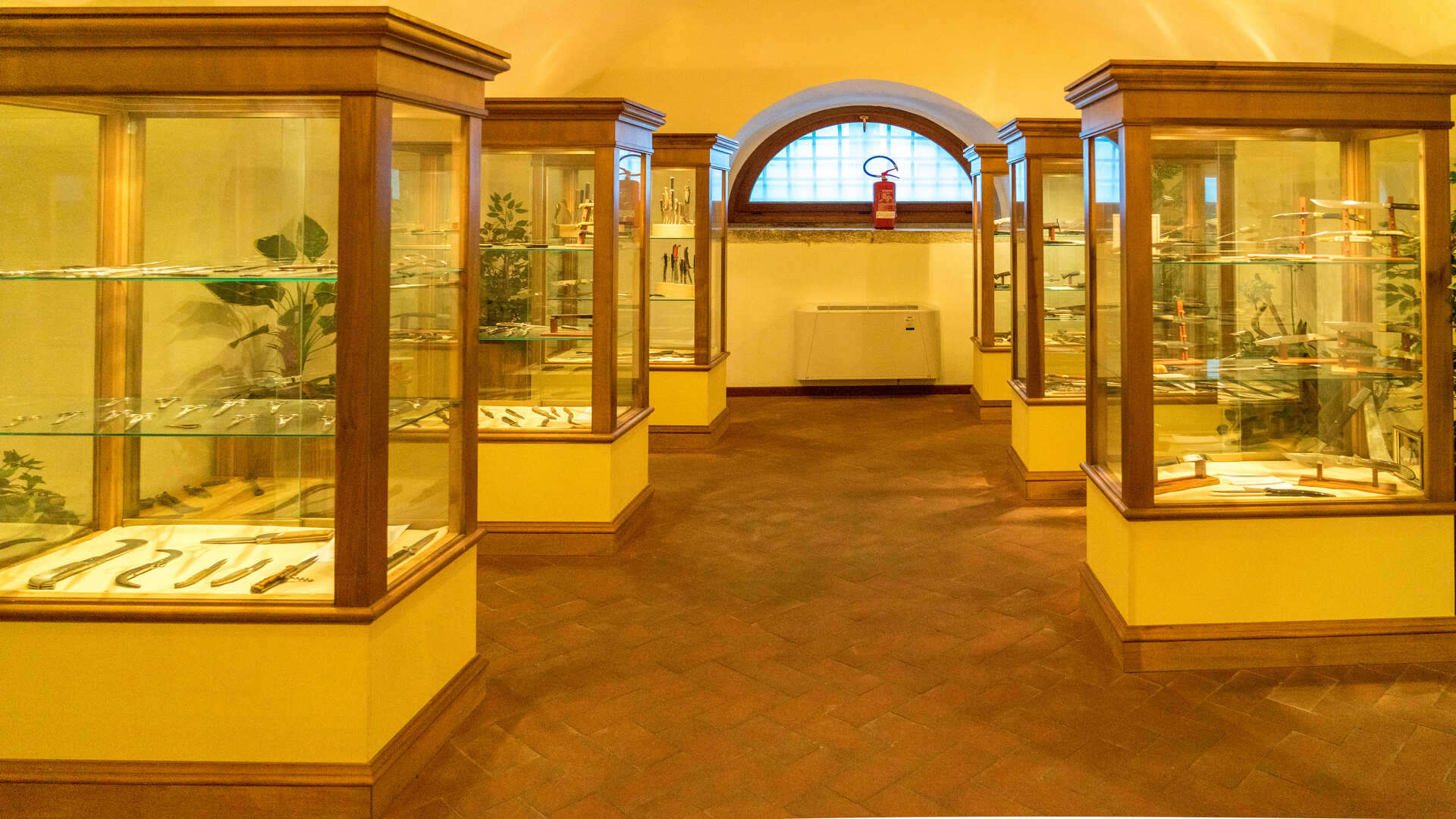

Museo Ferri Taglienti a Frosolone
Frosolone lived and lives with the working of scissors and knives even if the typology of the production has been modified in time. These objects have always invaded the national market, even if with greater intensity the southern regions. Currently they are heading with good results also abroad where they are appreciated for their precision, cut and tradition.
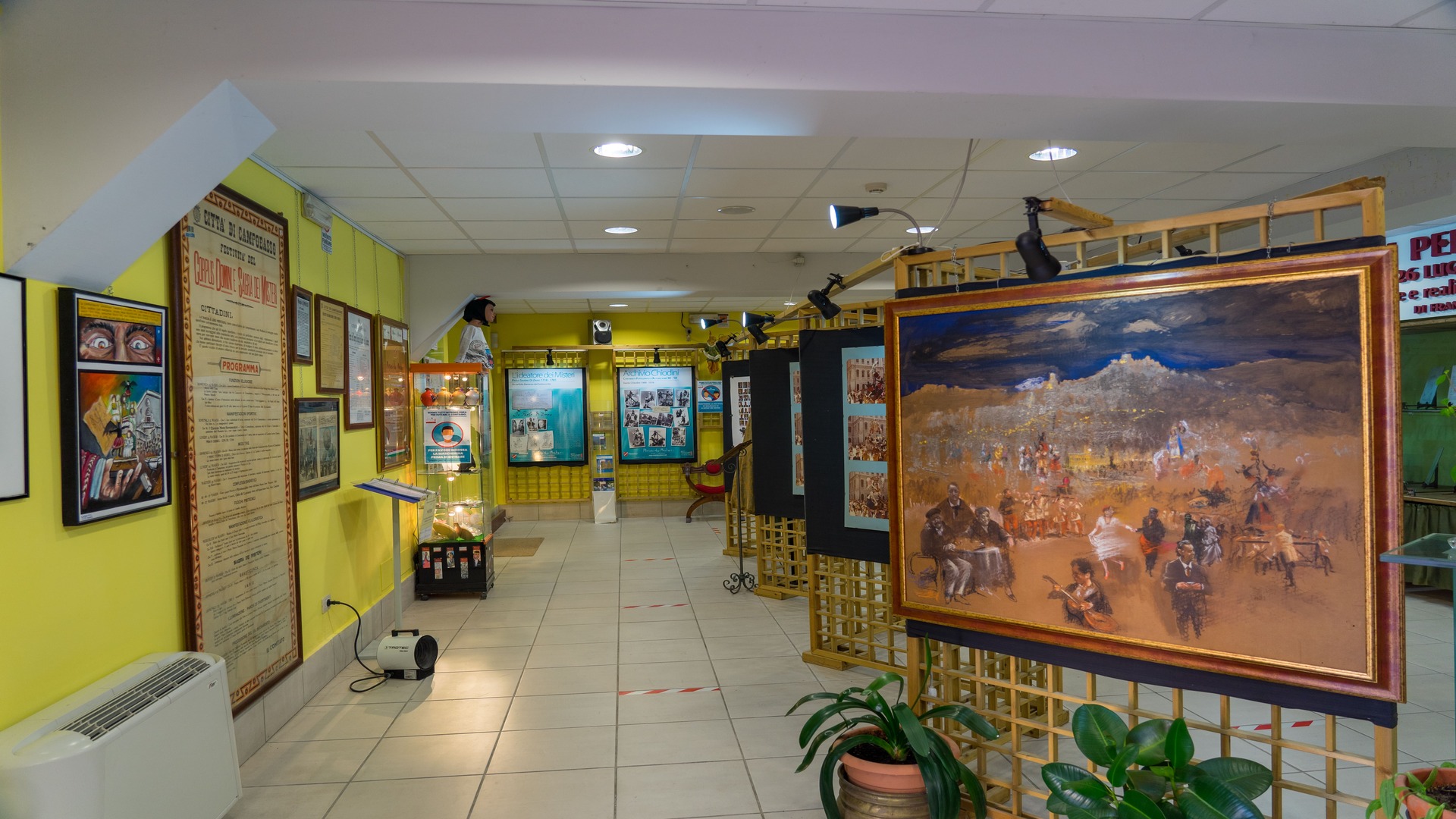

Museo dei Misteri a Campobasso
The Misteri Museum, inaugurated on October 07, 2006, is an indispensable reality to give dignity to Paolo Saverio di Zinno's ingenuity and to the "Ingegni" he conceived and realized in the middle of the XVIII century, that on Corpus Domini day.


Pontificia Fonderia di Campane Marinelli e Museo Storico ad Agnone
In Agnone, the Marinelli Museum is one of the few in the world that gathers a vast collection of bells from the year one thousand to our days, each with its shape, friezes, inscriptions, and particular sound. Written and iconographic material, drawings, sketches, reproductions, precious manuscripts and publications, documentation on the ancient art of bronze casting, complete the artistic, historical and cultural heritage of the museum.
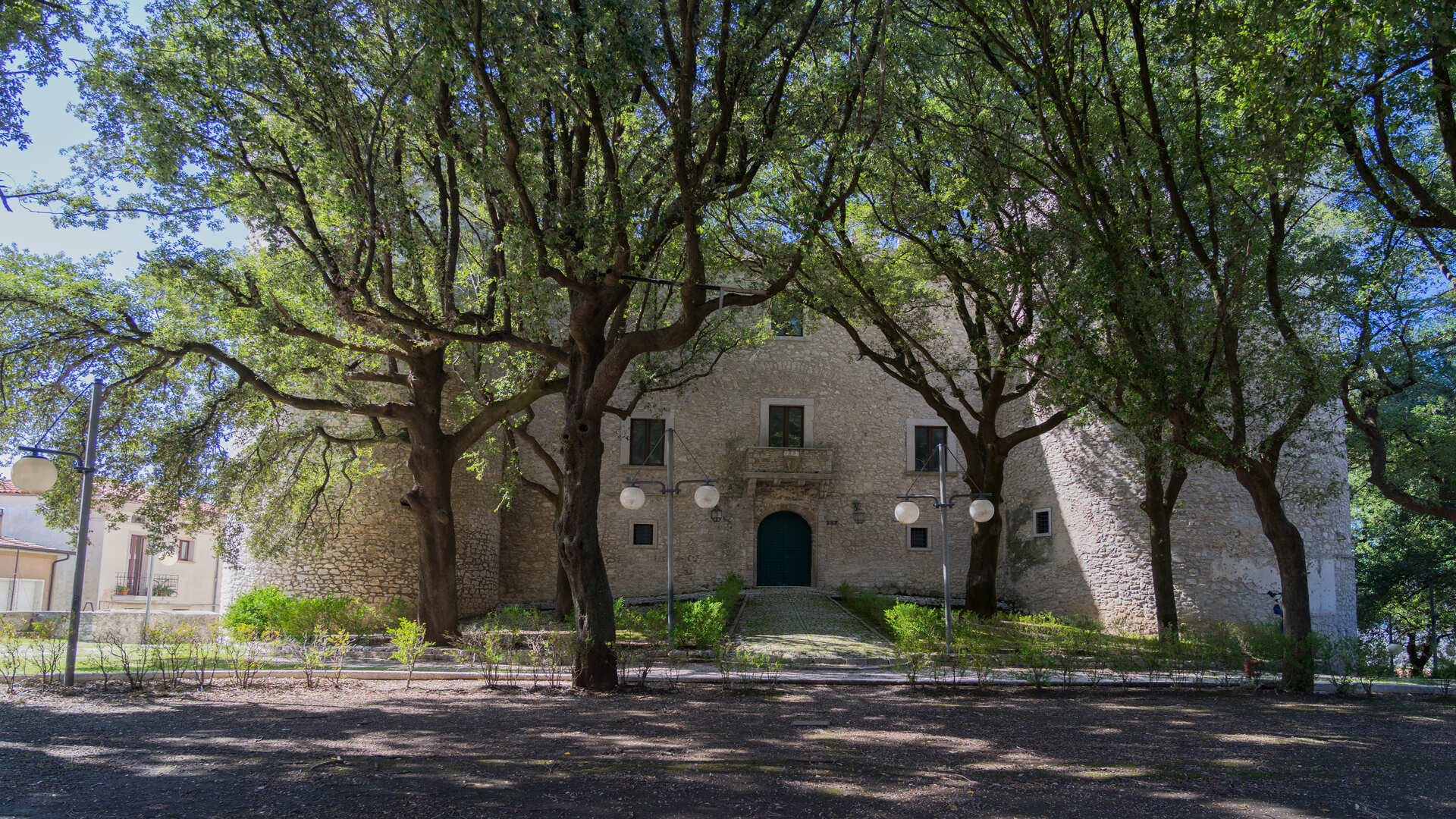

Castello Pignatelli di Monteroduni
The Pignatelli castle, with its beautiful crenellated towers, dominates the Volturno plain on the Isernia-Venafro road. In the past it was a key point of entry into the "Contado del Molise" as a lookout on the Via Latina. A first settlement nucleus, in the places where today the castle rises, dates back to the Samnite age. The origins of the castle-fortress instead date back to the Lombard period, when the population was forced to retreat to face the violent Saracen raids. It was with the Norman domination, however, that the castle, for purely military needs, was enlarged compared to the original Lombard structure and strengthened with the erection of walls, which also included some homes. In 1193 the entire country paid dearly for its deployment against the Emperor Henry VI in favor of the Norman Tancredi.
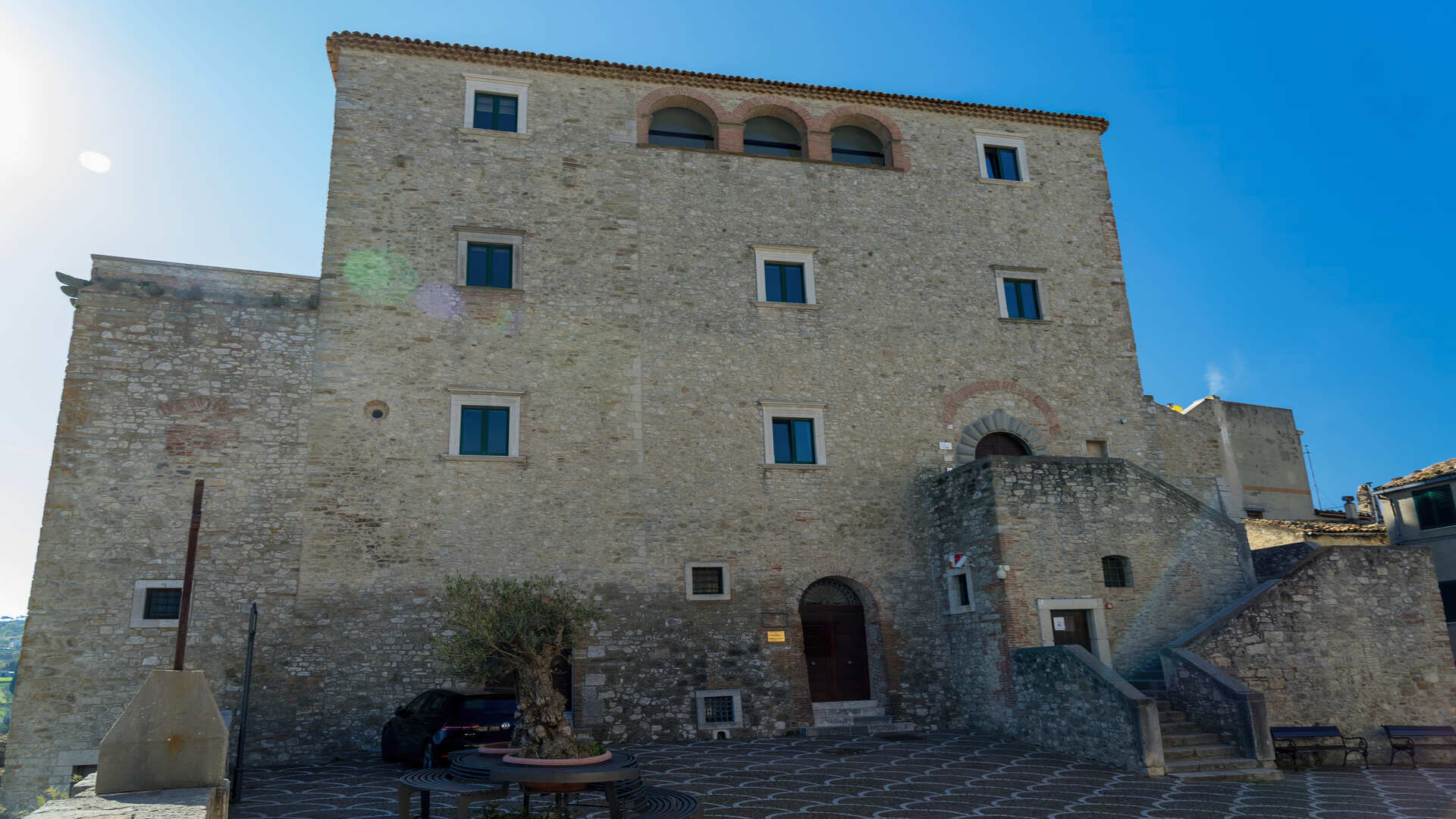

Castello di Capua Gambatesa
The castle is located on the Serrone hill, in the heart of the historical center of the town. It underwent various transformations over the centuries: from castle-fortress to castle-feudal residence in medieval times, finally, in the sixteenth century, in castle-renaissance palace by the feudal family of Di Capua. It then became baronial-marchesal property, then private, now state property. It looks like a medieval manor transformed into an elegant mansion in the Renaissance. Entering its rooms, one is fascinated by the sixteenth-century frescoes by Donato Decumbertino.
